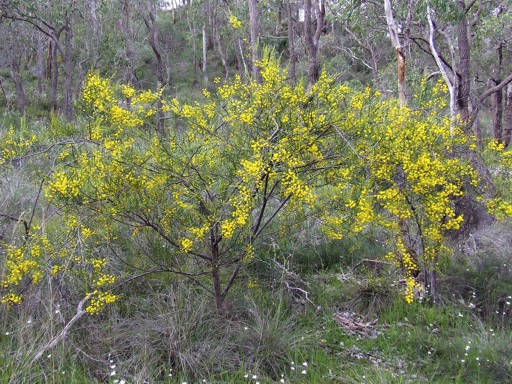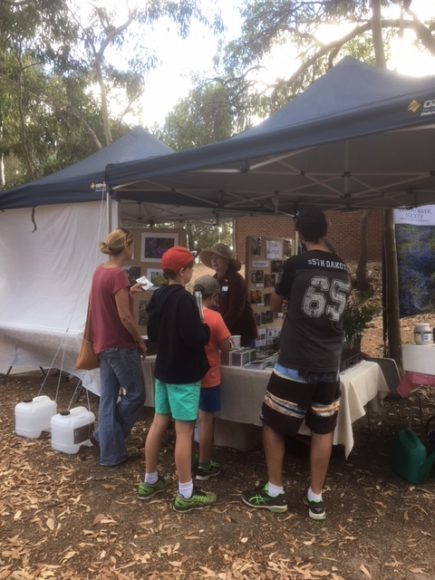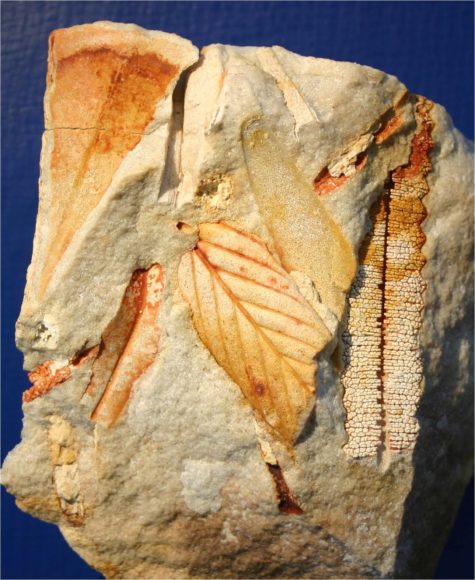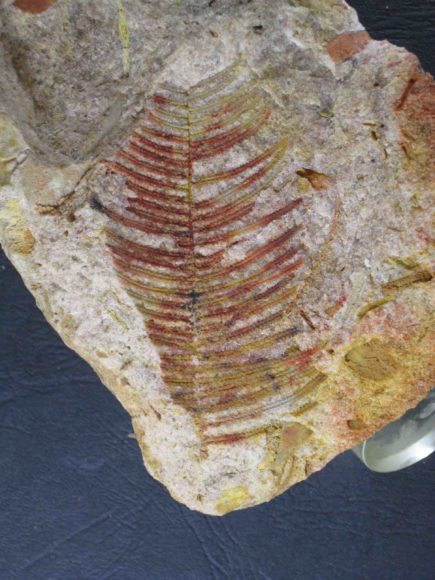The last AGM at Murdoch Branch resulted in the election of a new group of enthusiastic Murdoch Branch Committee Members. With a few changes along the way our current committee is: President: Christine Allen, Vice-President: Diana Corbyn, Secretary: Sheree Walter, Treasurer: Mathew Woods, General Committee Members: Felicity Bairstow, Gus King, Ross Young, and Eddy Wajon. Let’s introduce you to the team:
Dr Christine Allen has been a life-long plant-lover and spent her childhood exploring the second-oldest National Park in the world, the Royal National Park in NSW. The weird and wonderful diversity of plants in the southwest of WA drew her to Perth where she completed a PhD at UWA with DPaW on threatened flora in the Stirling Range National Park. Christine is now an active advocate for conservation and sustainability. Favourite plant: Banksia coccinea.
Diana Corbyn has served as Branch President through three terms, has been a Vice President and a committee member throughout the life of the branch. Since she became a lecturer at South Metropolitan TAFE’s Murdoch Campus in 1991 she continually enthuses her love and knowledge of the local flora in hearts and minds of the students she teaches. In 1998 she initiated the wildflower walks and has continued to this day. Come on out this year and meet Diana at Wireless Hill, Orelia or Samson Park.
Sheree Walters joined Murdoch committee for the first time, few weeks after our AGM (Welcome!), and she took bravely on a responsible role of secretary. Sheree grew up in the wheatbelt region of Western Australia with a passion for the environment and natural landscapes. After completing a Bachelor degree in Environmental Science in 2014, Sheree has recently returned to Curtin University to undertake a PhD in restoration genetics of native flora. She is particularly interested in landscape ecology and the importance of biodiversity – including plants, animals, insects and fungi – in both natural and restored landscapes.
Mathew Woods is our fantastic treasurer. Mat works in the Bushland’s and Wetland’s of Perth. Mat has a Love of all plant life but especially WA natives. He is particularly fascinated by the food plants and prehistoric flora. He was exposed to the native plants very early while camping in the Jarrah forest and surrounding regions and could not get enough. This fascination led him to study Conservation and Land Management at the Challenger Institute of Technology. In his spare time Mat enjoys practicing traditional bushman skills.
Felicity Bairstow (ex McGeorge) calls herself a life long nature nerd from country WA. She has spent the last 20 or so years working to conserve bushland and wetlands south of the Swan river here in Perth. A lot of that time went into the long campaign to protect the North Lake Reserve from Roe Highway Stage 8. She is now a co-convenor of the Community Wildlife Corridor group which has the vision of transforming the now partially cleared road reserve into a wildlife corridor and trail for people to enjoy and learn about the amazing plants, animals and culture of this area. Felicity served on the Murdoch committee many years ago and is very pleased to be back on Committee and dealing with much more pleasant aspects of plant conservation.
Ross Young is fresh out of uni, having graduated from Curtin University in 2014 with a Bachelor of Science in Environmental Biology. Don’t let that fool you, though – he’s longer in the tooth than you think, as uni followed a 27-year jaunt with Commonwealth Bank (and an accounting degree). Ross has a keen interest in plant ecology (and birds) and Western Australian plants (and birds), in particular – and has always been interested in the natural world around him. As a kid, he learnt (from his Mum) the pleasure to be had from being able to recognise (and name) the plants (and birds) in the garden (which, even then, included native plants). Banksias are probably his favourite plants (especially Banksia coccinea and Banksia ilicifolia) but, if pressed, he’ll still admit to a lingering fondness for roses.
Dr Eddy Wajon loves nature – whether it be chemical, botanical or zoological, he loves beauty in all its forms. He’s been called a disrupter – challenging the status quo, thinking outside the box, trying to be different, and generally annoying those in power and supposed leadership positions. However, he tries to be creative, inclusive, contributory and a force for positive change.
Angus (Gus) King, like Eddy, loves the beauty and magic of nature, especially our native trees. Other than recognising their beauty and threatened status he knows little about native plants but can still actively contribute to preserving them for future generations. He originally studied geology but more by accident than design had a career in IT. His real passion is renewable energy and even though retired he probably still spends too much time on his computer helping to bring about its adoption rather than learning those plant names.
Come and say Hi!
LIKE US and See more updates on our MURDOCH BRANCH FACEBOOK PAGE.




